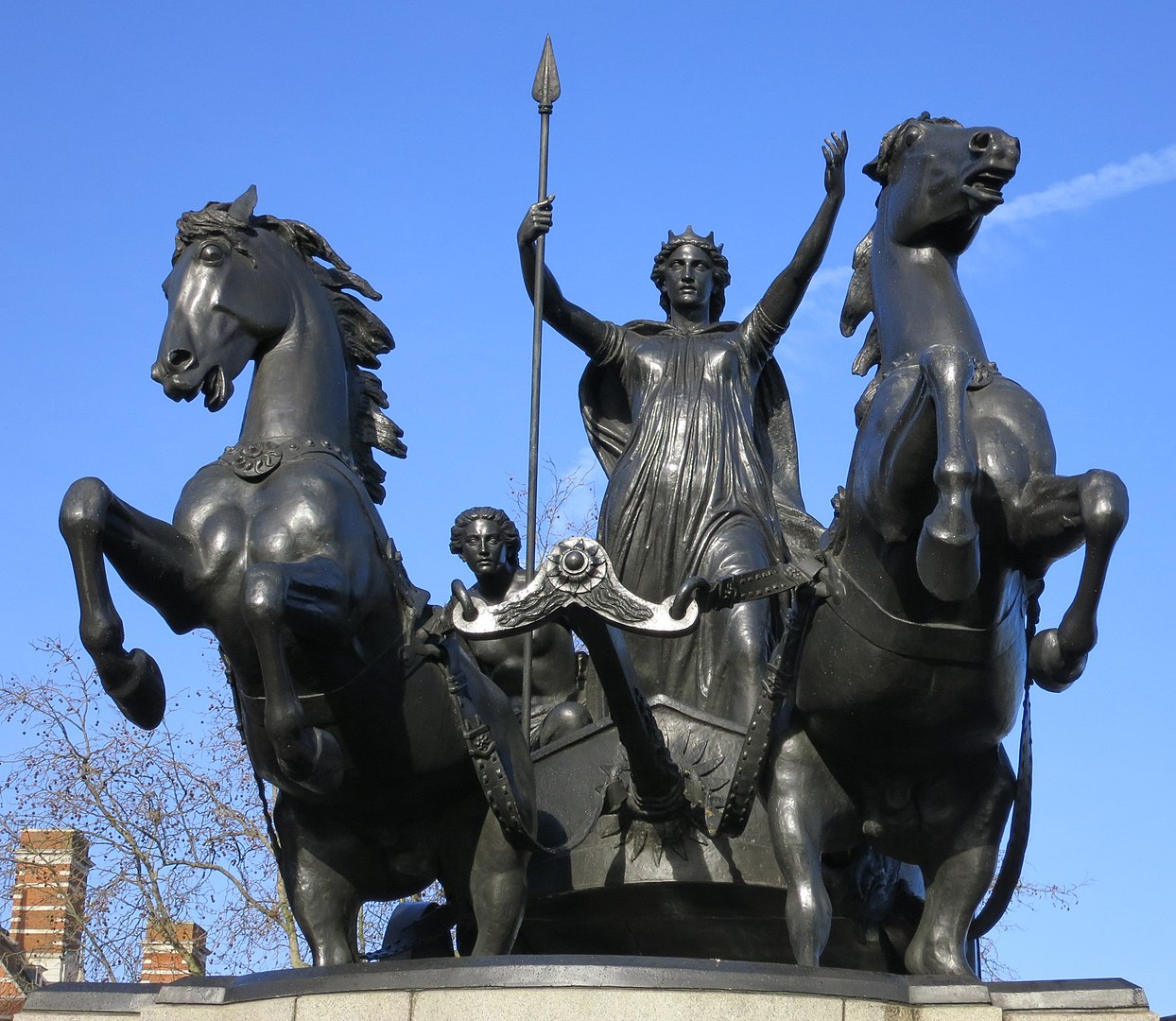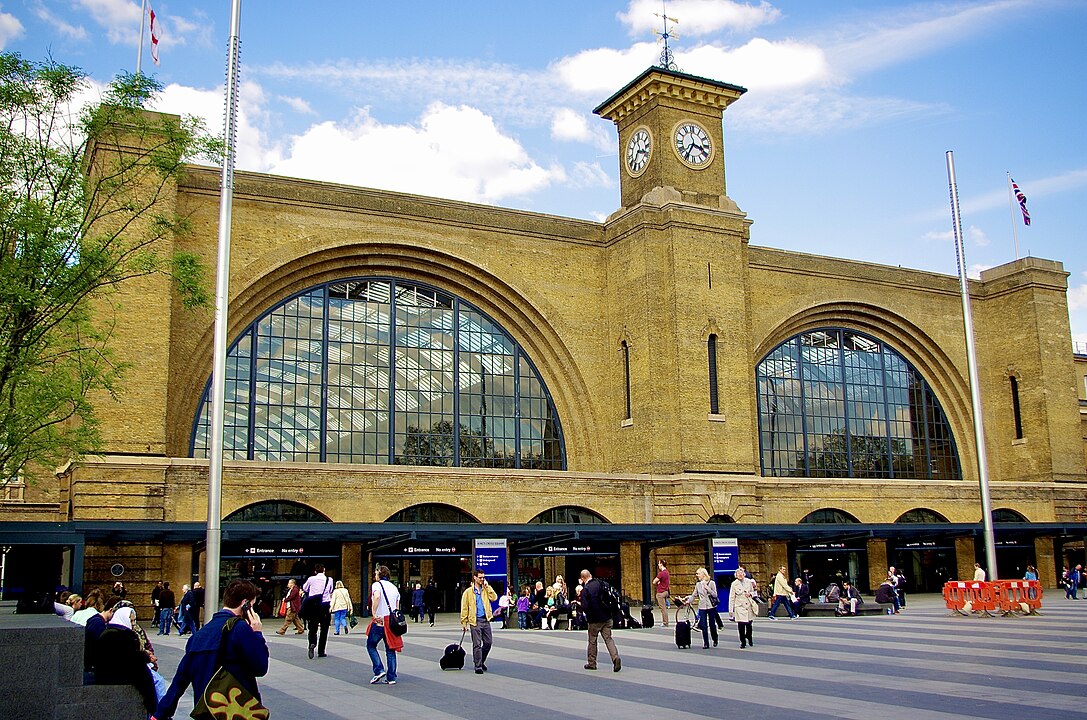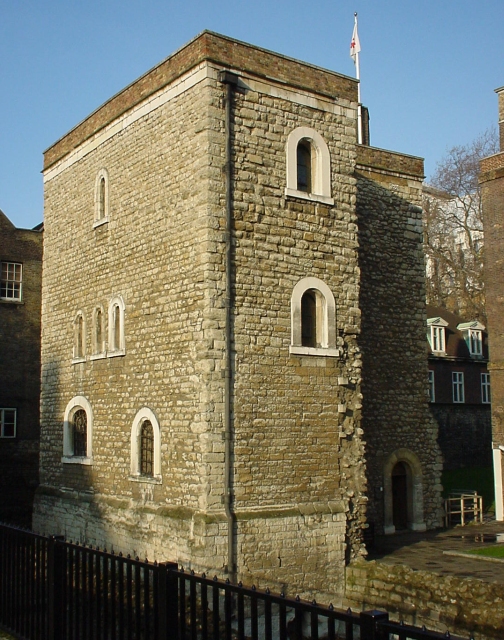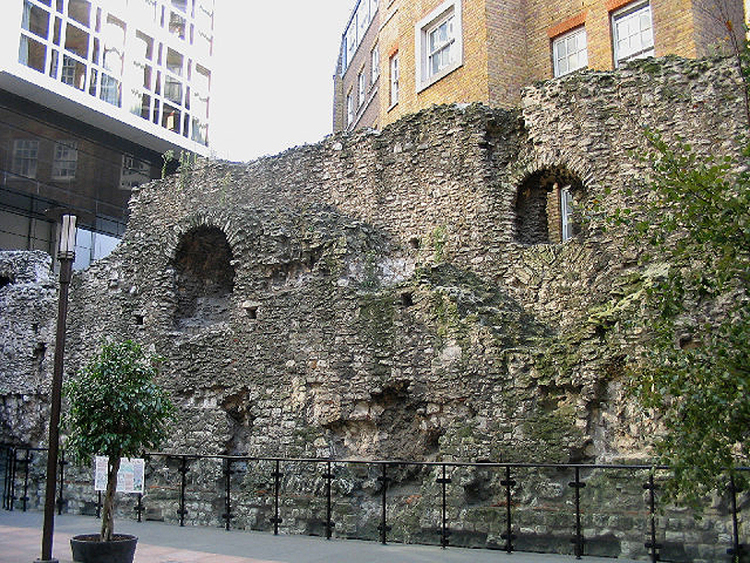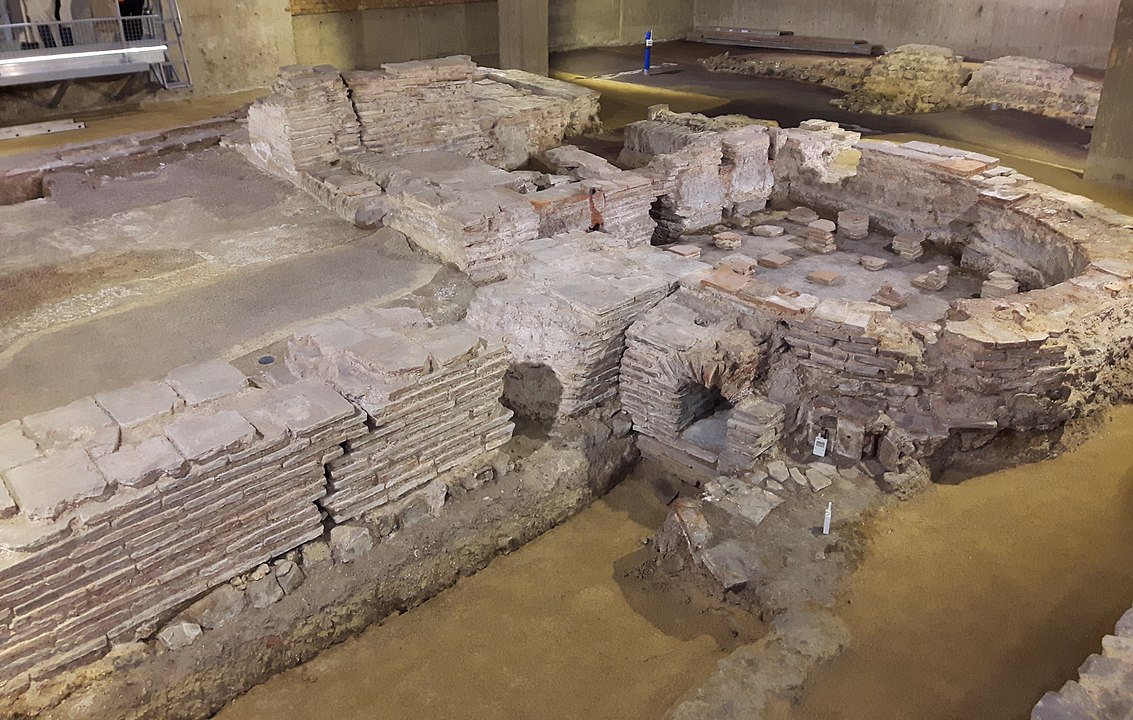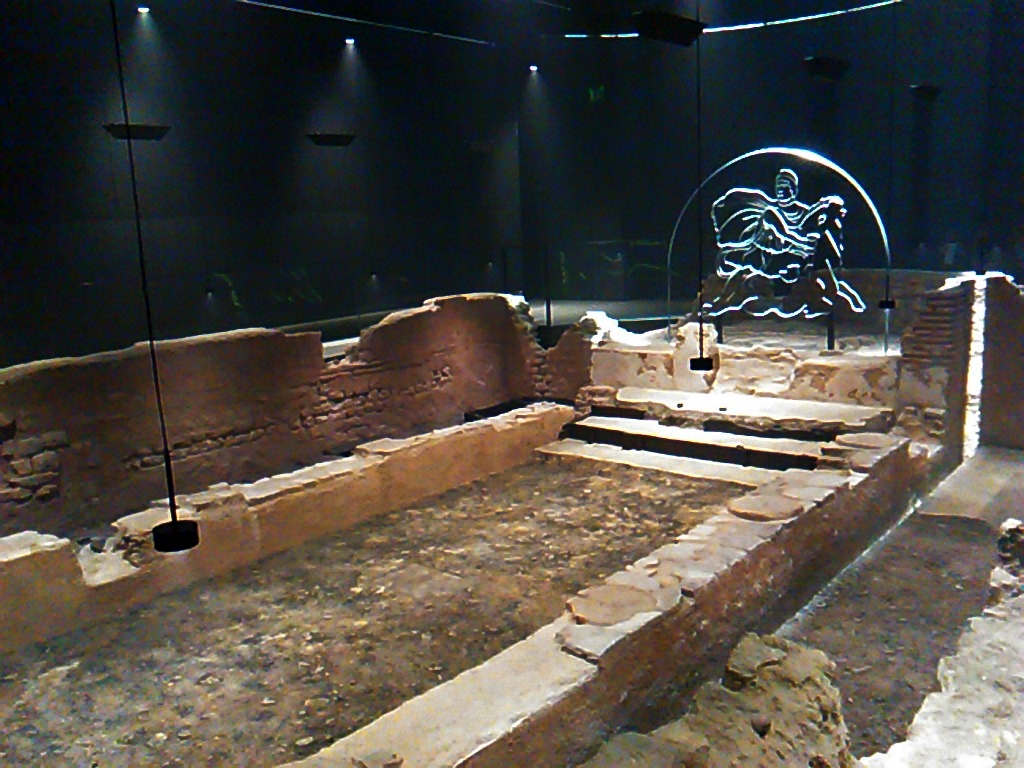What Did the Excavations in Somerset House Unearth?
Somerset House is one of London’s most prominent neoclassical buildings, standing grandly on the banks of the River Thames. Its elegant Georgian façade conceals centuries of history. Built on land once occupied by palaces and ancient streets, it has seen a parade of royal, political, and artistic figures walk its grounds. But beyond its striking appearance, the real mystery lies below the surface.
In 2011, archaeologists, led by King’s College London, launched an excavation at Somerset House. With a historical backdrop so rich, expectations were high. But what the archaeologists unearthed surprised even the most seasoned experts, revealing a window into the city’s deep past, from Saxon settlements to Tudor transformations.
The 2011 Excavation: A Peek Below the Surface
In 2011, King’s College London, whose buildings adjoin Somerset House, undertook an excavation beneath the house’s east wing. The goal was initially straightforward: to better understand the site’s mediaeval origins and how they had evolved over time. The project was also driven by a practical need—the college planned to expand and needed to assess the subterranean conditions before breaking ground for new foundations.
Somerset House, already a listed building and a site of tremendous historical significance, had rarely been studied in terms of what lay beneath it. The archaeologists, therefore, embarked on the dig with hopes of uncovering something from the site’s more recent history, particularly from the Tudor or Stuart eras. Their expectations were grounded in the known fact that the land was once the site of significant Tudor-era developments. Yet, as the digging began, layers of history from much earlier periods began to reveal themselves.

Somerset House: The Birth of Grandeur
Work on Somerset House began in 1547 when Edward Seymour, the Duke of Somerset and the Lord Protector for the young King Edward VI, decided to build a palace that would rival even Hampton Court. With a vision that mixed grandiosity and personal ambition, the Duke seized prime land just off the Thames, demolishing an entire block of mediaeval buildings, including a church, to make way for his vision. This act epitomised Seymour’s rapacious nature and left a bitter legacy. His desire for self-promotion would soon lead to his fall from grace, and the palace he started remained incomplete when he was arrested and executed in 1552.
After Seymour’s death, the property was returned to the Crown, eventually becoming a home for royal consorts. Elizabeth I occasionally stayed there, and her successor, James I, granted it to his wife, Anne of Denmark. Under her care, Somerset House saw an influx of Italian craftsmen and artists who embellished the already grand structure. The house remained a royal residence through the centuries, hosting a series of influential figures until it eventually evolved into the public building we know today.
But the site’s history did not begin with the Duke of Somerset’s grand ambitions. Long before the palace’s foundations were laid, the area was teeming with life, stretching back to the Saxon era. It was this hidden history that the archaeologists were eager to unearth.
The Saxon and Mediaeval Periods: Hidden Layers of Early London
As the archaeologists dug through the layers of history beneath Somerset House, they soon discovered that the area had been in use far earlier than previously thought. To their astonishment, they found traces of Saxon settlement from around the 9th century AD, marking the earliest known activity on the site. The Thames was a lifeline for these early settlers, providing both a transportation route and a source of sustenance. The excavations revealed postholes from timber structures, likely simple wooden houses that would have hugged the riverbank. Some signs of domestic life, such as animal bones and pottery fragments, were also found, giving a glimpse into the everyday lives of these early Londoners.
The significance of these Saxon finds cannot be overstated. In the 9th century, London was a small but growing settlement repeatedly harassed by Viking raids. The Saxons who lived on the site of Somerset House were part of a broader community beginning to recover from these onslaughts, slowly rebuilding a city that would soon grow into the metropolis we know today.
The excavations also revealed artefacts from the mediaeval period. By the 12th century, London was flourishing as a major European city, and the area where Somerset House now stands was likely filled with narrow streets and bustling activity. Foundations of stone buildings from this era were found, suggesting the presence of larger, more permanent structures, possibly merchant houses or small religious buildings. It is likely that this part of London, so close to the river, was involved in trade or crafts during the mediaeval period.
The most exciting discovery from this era was the remnants of a previously unknown mediaeval chapel. Though only partial foundations remained, it is believed that this small church would have been an important site for the local community, predating the church Seymour demolished to build his palace. The excavation unearthed fragments of decorated stonework and some religious artefacts, giving further credence to this theory. The exact history of this chapel remains a mystery, but it was clear that the area was not just a residential or commercial zone but also a spiritual centre.
The Tudor Era: Grand Visions and Dramatic Changes
The site’s transformation during the Tudor period was dramatic. When Edward Seymour seized the land for his palace, he wiped away much of the area’s existing mediaeval buildings. The excavation uncovered a wealth of material from this period, including foundations of large brick buildings that likely formed part of Somerset’s palace complex. This included the remnants of kitchens, storerooms, and even some sections of decorative garden walls.
Perhaps most striking was discovering a section of the palace’s original courtyard. The courtyard would have been at the heart of the palace’s activities, where nobles and courtiers gathered, and Somerset would have paraded his power. The excavated section revealed beautifully patterned stone pavements, suggesting that no expense was spared in constructing this luxurious palace. Yet, tragically for the Duke, much of this grandeur was never completed. He was executed before he could finish his dream, leaving future monarchs to shape the estate in their image.
Interestingly, the excavations also uncovered evidence of later Tudor use of the site. After Seymour’s death, Queen Elizabeth I had limited use for Somerset House. However, James I granted the property to his wife, Anne of Denmark, who undertook substantial renovations. The excavations found traces of these improvements, including fragments of Italian marble and decorated tiles, reflecting the queen’s desire to bring Renaissance splendour to her English residence. This Renaissance influence would have starkly contrasted with the more traditional Tudor architecture of the original palace.
The Transition into the Early Modern Period
As London transitioned into the early modern period, Somerset House’s role shifted. In the 17th century, royal consorts frequently used it, but its importance in the royal household declined. The archaeological findings from this period revealed a different type of use, with evidence of more mundane domestic activities. The large kitchens and storerooms of the Tudor palace were replaced by smaller, less grandiose structures, suggesting a more functional use of the space.
By the 18th century, when Somerset House was rebuilt in the neoclassical style we see today, much of the site’s earlier grandeur had been swept away. The excavations found evidence of these dramatic changes, with the foundations of older buildings cut through by the new construction. The team even found evidence of hurried demolition, as the site was cleared to make way for the new structure.
Unearthing London’s Hidden Past
The 2011 excavations at Somerset House revealed far more than anyone had expected. From the simple wooden homes of Saxon settlers to the grand courtyards of Tudor nobles, the site’s layers reflected the shifting fortunes of London.
Somerset House stands as a monument to London’s ability to reinvent itself. The excavation proved that beneath its grandeur lies a far more complex history that tells the story of the city’s people as much as its rulers. In this small patch of London, archaeologists uncovered evidence of a city constantly evolving, growing, and reshaping itself – a fitting metaphor for London itself.

